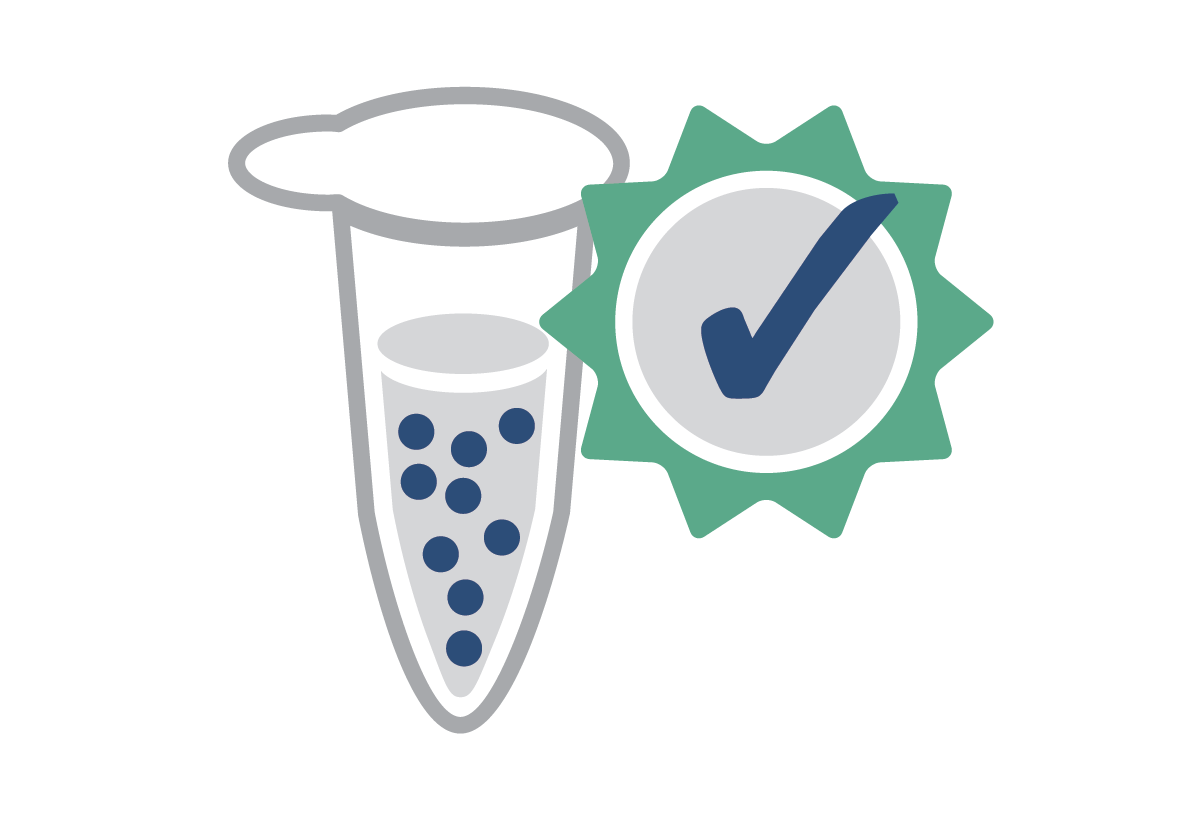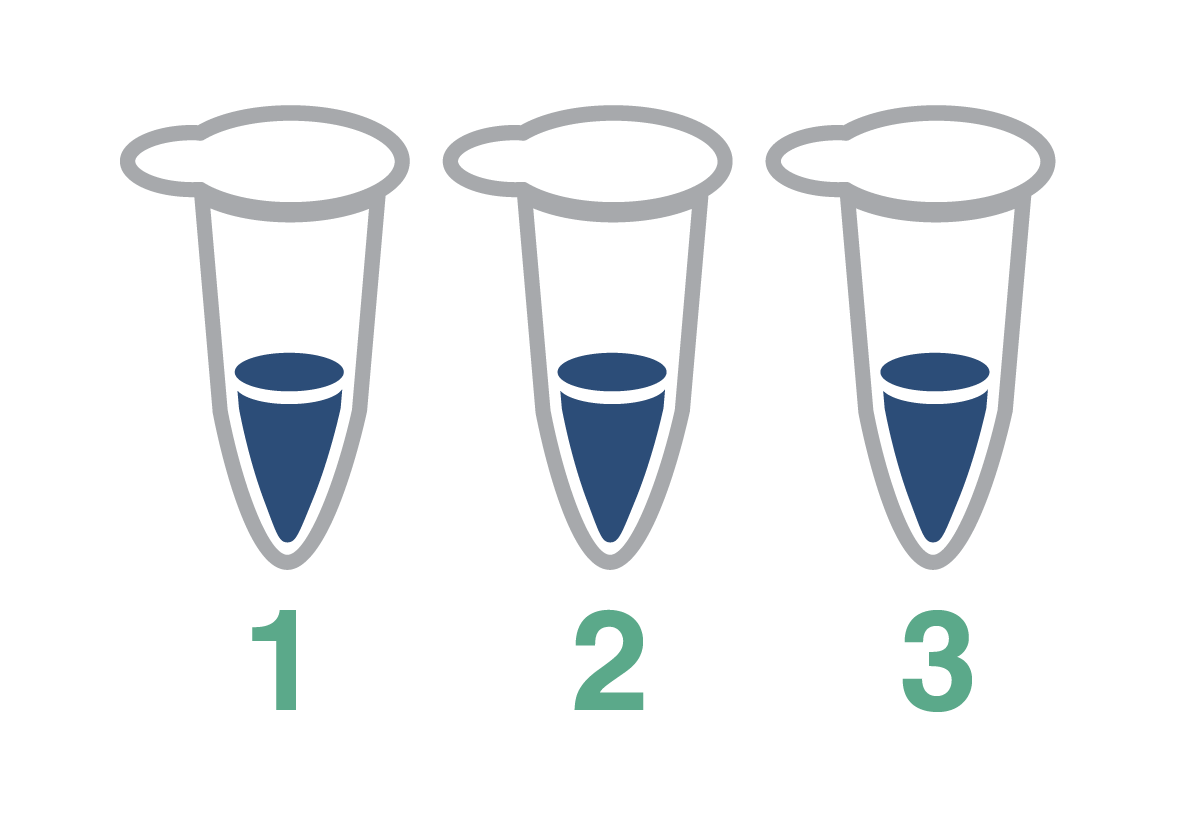
Proven tips for PCR primer design
Posted on Monday, November 8, 2021
By
Topic: Tips for the lab
PCR optimization and validation is a longtime passion at NEB. Avoid common PCR pitfalls and obtain the amplicon you desire with these primer design tips from our experts.
Primers function at the core of the polymerase chain reaction. Understanding the implications of primer design within PCR dynamics will help you plan successful experiments that reveal meaningful biological phenomena. Primer design may start in silico, but it is ultimately proven at the bench.
How can PCR primers impact assay performance?
Niels Bohr liked to say it’s difficult to make predictions, especially about the future. Just so, when it comes to primer design there is no software simulation as complex as the biological reality of your assay. Basic PCR proceeds with a forward and reverse primer pair annealing to denatured, single-stranded DNA targets. This allows a DNA polymerase to synthesize complementary strands extending molecules in the 5´ to 3´ direction. In theory, 100% efficient PCR doubles the target amplicon at each cycle.
Sounds simple enough. What could go wrong?
Sometimes there is no product at all, a low yield, the wrong amplicon, or unexpected PCR artifacts. PCR primers are interdependent with your sample type, target, reagents, and thermodynamic conditions. Establishing your PCR objective can guide your primer design and enzyme choices. It’s a good idea to review parameters and understand why primer design is such a critical, dependent variable in PCR.

Primer melting point
Primer pairs should have melting temps (Tms) within 5°C of each other. These primer Tms influence the overall annealing temp (Ta) of the reaction. Calculated melting temperatures should range from 50-72°C. You know how I just mentioned dependent variables in PCR? Our Tm calculator accounts for specific buffer compositions that impact primer melting temps. The goal is to avoid weak thermodynamics that can cause primer dimers to form due to inefficient binding. As an extra PCR thermodynamics tip, one method to increase specificity is Touchdown PCR where the annealing temperature starts above the estimated Tm of the primers and is gradually reduced to the suggested annealing temperature where amplification is continued.

Primer concentration and quality

Primer length
Primers should generally run 20-30 nucleotides long and can be optimized for target specificity. If your sample context is complex, specificity can be refined with your primer length. Heterogeneous sample types like genomic or cell free templates often require relatively long primers to achieve higher primer specificity. The goal is to prevent primers from recognizing more than one binding site in a genome and producing multiple off target products. Be aware that artifactual recombinant PCR products can arise when partially extended primers anneal to partially homologous target sequences. Homogeneous synthetic DNA or plasmid templates are simpler in this regard.

Primer structure
This part of the design requires spatial thinking. Avoid complementarity that can allow two primers to hybridize at their 3´ ends. The unintended outcome is that a polymerase can then extend to form dimerized PCR products. Much the same, avoid tangling up your reaction primers with hairpin loop secondary structures within individual primers. DNA polymerases can be slowed down by such thermo-stable secondary structures. While it’s usually not needed, keep in mind that primer degradation by an enzyme’s proofreading activity will be inhibited by incorporating phosphorothioate linkages into the 2 bases at the oligos 3´ end.


Primers for GC rich PCR
GC rich DNA poses additional challenges for design. Ideal GC content is 40-60%. Space GC residues evenly within the primer. Avoid high GC and Gs or C’s repeats at the 3´ end. These tips can help to prevent several PCR efficiency issues. High GC primers can bind non-specifically to off target templates. Secondary structures are more likely in high GC content target DNA and can cause inefficient primer binding - another way that primer dimers are apt to rear their ugly heads. Again, DNA polymerases can be slowed down by thermo-stable secondary structures.

Primer storage
If your PCR assay stopped working, suspect primer degradation. Best practice is to aliquot primers to avoid degradation due to multiple freeze thaw cycles during storage.
Whatever the challenge in your PCR assay, we hope that these tips for PCR primer design will be helpful to you. NEB’s long history in PCR drives us to support scientists breaking new frontiers today. We were the first company to bring Taq DNA Polymerase to the research market, the first to discover a PCR-stable, high-fidelity DNA polymerase, and the first to provide reagents for PCR performed in space. Astronauts applying enzymology enthralls us. Groundbreaking research discoveries inspire us.
If you have protocol experience and a good understanding of PCR theory but are still encountering barriers in technically complex assay our scientists will be happy to help you.
NEB will not rent, sell or otherwise transfer your data to a third party for monetary consideration. See our Privacy Policy for details. View our Community Guidelines.
Don’t miss out on our latest NEBinspired blog releases!
- Sign up to receive our e-newsletter
- Download your favorite feed reader and subscribe to our RSS feed
Be a part of NEBinspired! Submit your idea to have it featured in our blog.



